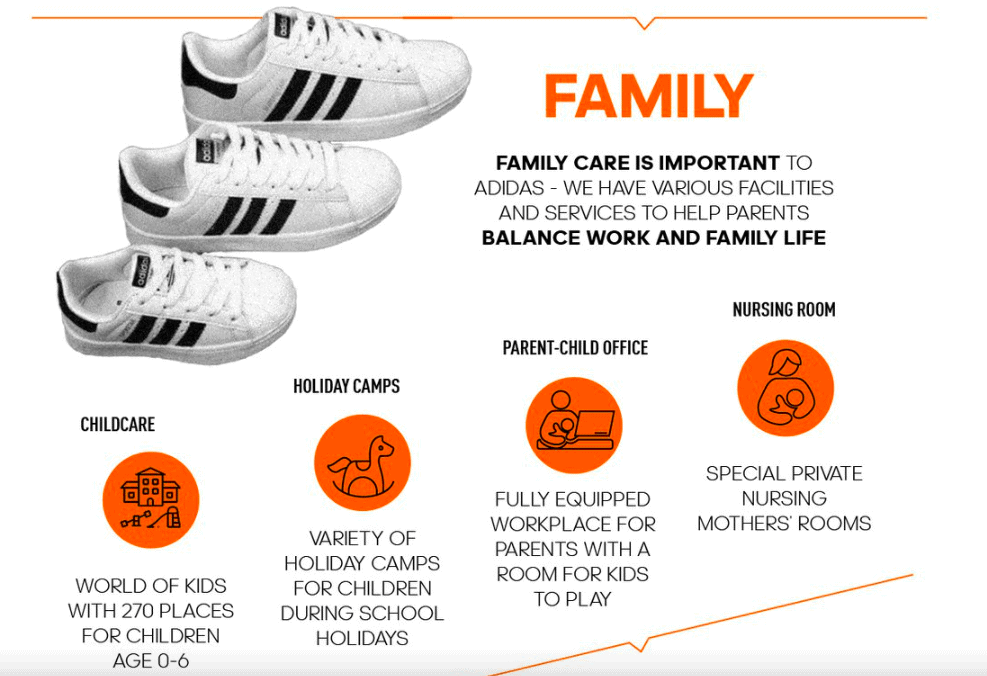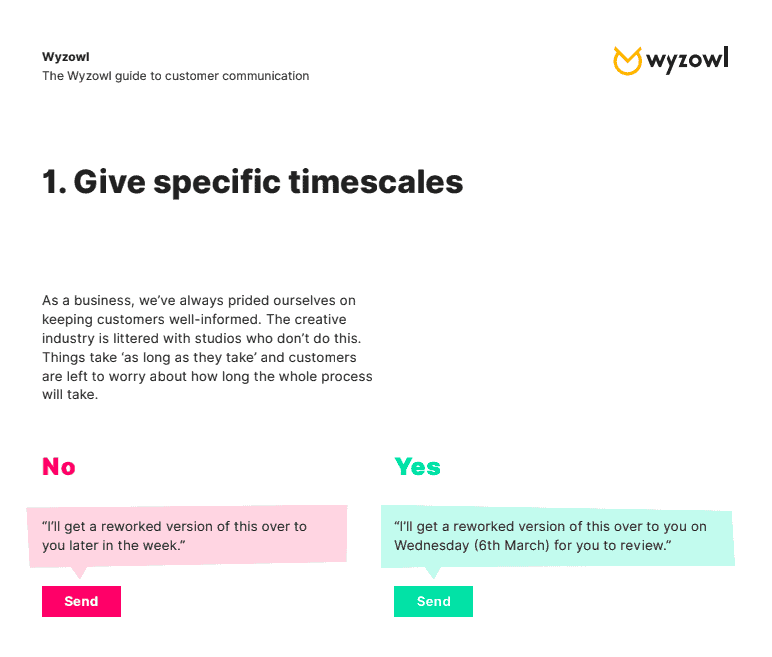Last updated on 11th June 2024
In this article we’re going to learn all about team culture and, most importantly, find out how you can build an incredible team culture at your organisation.
The better your culture is, the more productive your staff will be and it’ll be less likely that employees will want to leave.
So, without further ado, let’s take a look at what team culture is and how to boost yours!
Introduction to team culture
Let’s start at the very beginning, shall we? In order to improve team culture, we first need to dive into exactly what it is and why it’s important for businesses of any size.
Definition of team culture
Team culture refers to the beliefs, values, and behaviours shared by a group of individuals. These shared values help to define how the team interacts and collaborates together.
Team culture is all about the dynamics between people in a team and how they work together towards a common goal.
Importance of a positive team culture
Culture is something that can (and should) be established by the business. This makes it easier for everyone to understand what values, beliefs, and behaviours are expected, and can encourage everyone to work together in a positive way.
Because, of course, culture isn’t always positive. Some cultures can become negative and “toxic”, and this can be extremely damaging for businesses and, in some cases, difficult to recover from.
So it’s not only important to just have a culture, it’s important to have a positive team culture.
Benefits of a strong team culture
The benefits of having a strong team culture at your organisation are plentiful. Your culture really does have the power to impact every aspect of your organisation, from the people you hire to the customers you serve.
Employee retention
Having a clear and defined culture will make it easier to find more suitable hires for your team. As a result, a great team culture can also result in less people leaving your company, saving you money on staff turnover and finding and training new employees.
Productivity and engagement
When you have a great team culture your employees are generally happier. And happier employees are more productive.
This happiness can even translate through to your customers. As Virgin boss, Richard Branson always says, “Take care of employees and they will take care of the clients.”
Customer satisfaction
Today’s modern consumer is much more conscious of how their decisions impact the world around them. And, as such, customers would much rather do business with companies that have a strong culture and take care of their employees.
10 steps to build an incredible team culture

1. Define your culture
The first step towards building an amazing team culture in your organisation is defining your brand values and what you want your culture to look like.
When you have a clear direction of your company’s values, mission, and purpose, you can share that with your staff and encourage everyone to always embody your company values and keep your mission and purpose top-of-mind to ensure your culture remains positive.
A great company example to look at here is Adidas. This video gives a great overview of their values and the culture as a whole:
Adidas has a well defined culture and they put their money where their mouth is in every area. One example is family.

On the culture page it states “Family care is important to Adidas”, then it shows how they prove that to their employees with holiday camps, nursing rooms, and more.
2. Analyse competitor cultures
It can be really difficult to carve out your company’s specific culture. A great place to start is to see what others are doing – whether that’s competitors or brands you aspire to.
So take a look around and learn from others. It can also be equally valuable to find out what you don’t like about other company cultures, as this can help you better define what your culture should look like.
We mention a lot of different companies in this article, so this is a great place to start gathering inspiration!
3. Foster open communication
Open communication is essential for any team to function well. If communication breaks down then culture will likely follow.
With all of the amazing communication tools at our fingertips these days it may surprise you to find out that some people think communication is getting worse, not better, in their companies.
The first step towards solid communication is agreeing on what tools should be used and when. At our sister company Wyzowl, a communication guidelines document has been in place for many years that states exactly what tools should be used for communication.
Also outlined in the document are specific expectations for communicating. For example, giving timescales to clients to keep them happy and well-informed:

This dedication to clear communication at Wyzowl is what actually led to the creation of Project.co. Project.co is the very platform we’ve used to successfully manage thousands of projects at Wyzowl, and now we’ve made it available to everyone! Find out more here.
4. Encourage team bonding activities
One of the best ways to build team unity is to encourage bonding. This could involve organising team-building activities or social events, or simply making an effort to create an inclusive and friendly environment where team members feel comfortable spending time together.
A great company to look to in this area is Squarespace. Squarespace has a fantastic reputation for company culture, with 84% of employees saying it’s a great place to work.
Squarespace has several employee resource groups (ERGs) where employees can connect and strengthen their communities, such as Queerspace, Carespace, and Women+ at Squarespace.
5. Set clear expectations
In order to create an amazing team culture you need to be transparent from the very start and make sure everyone knows what’s expected of them. This starts with great onboarding.
Onboarding is often a new employee’s first experience of your company and it will likely have a big impact on how they see the company and their place within it.
As a social networking site for employees and employers alike, LinkedIn understands the importance of a strong onboarding program. When they take on new employees they give them a 90 day New Hire Onboarding Plan that acts as a week-by-week guide to help them transition into the company.
Prior to this employees also have an orientation day that includes a campus tour and executive talks, and ends with employees being given backpacks and laptops that are set up with the communication tools they need.
Of course, you don’t have to onboard your employees in the exact same way that LinkedIn does but it helps to have a solid plan in place that covers everything a new employee will need to know in order to fit in at your company.
6. Reward and recognise achievements
It’s important to show your team you appreciate their hard work by recognising and rewarding it. There are many ways to do this. Some examples include public praise, monetary rewards, team incentives, or even an annual awards ceremony.
Daily perks are also an important part of building a positive culture. These don’t have to be large gestures, something as simple as having a fruit bowl in the office or giving your team a free breakfast once a week can be a regular reminder that they are valued.
One company to look to when it comes to employee perks is Peloton. On their careers page they list several benefits, from product discounts to tuition reimbursement programs.

This is also backed up on their Glassdoor page where several employees listed the “good benefits” as one of the pros of working for the company.
7. Invest in learning and development
Opportunities for learning and development are important to workers, particularly from the younger generations (millennials and Gen Z).
The ability to grow within their role and progress at a company makes people feel valued and more engaged. And it can also be beneficial to your business as a whole. Microsoft actually attributes a lot of the company’s success to their “growth mindset”.
It’s listed as one of their top cultural attributes on their site with the accompanying text:
8. Embrace individuality
While team culture is something that connects everyone in your organisation, not everyone is the same. Your team members will all have different personal beliefs and values, different interests, and will likely be at different stages in their lives.
It’s important to recognise this individuality to show your staff that you care about everyone equally. This is especially key when it comes to incentives and rewards. For example, if you have someone on your team that doesn’t drink alcohol they aren’t going to be thrilled if they’re rewarded with a bottle of whisky.
Spotify can offer a lot of inspiration in this area. They’re a huge company with thousands of employees all over the globe. As such, they have a pic-n-mix incentive program based on the results of multiple team surveys they carried out.
Spotify also introduced a work-from-anywhere program to give their employees the freedom to work in an environment that suits them best.
9. Welcome and act on feedback
Listening to, and implementing, employee feedback can do wonders for your culture. It helps employees feel like they are a part of the company and that their voice matters. So if the majority of your employees are asking for a change, welcome that feedback and make the change.
What’s the worst that could happen?
You try something, it doesn’t work, you revert back to the old way. At least you’ve shown your staff that you’re open to change and take their opinions on board.
Google is often cited as an amazing place to work, particularly when it comes to culture. And one of the things Google does is take employee feedback on board. An example being a recent change to their employee review process.
Google employees used to have two performance reviews per year. However this has now been reduced to one after a staff survey found that only 53% of Googlers agreed the current system was “time well spent”.
10. Continuously improve
Culture isn’t just something you should work on when your company is brand new or when you’re introducing new hires. Even if you’ve had the same staff for 10 years it’s important to constantly work on having an amazing culture.
This is important because people change and so does the world around them. Take the pandemic, for example. Many workplaces went through a complete overhaul, with the number of people working solely from home rising from 29% to 57%.
So keep up the bonding exercises and continue to foster a culture of open communication. Our sister company Wyzowl is a great example to mention again here. We make sure to meet up regularly for fun events and activities outside the office:

This is especially important in this new hybrid world of work where interaction between team members is less common.
Case studies of successful team cultures
Google is often cited as an amazing place to work. Most people have seen the photos and videos of their colourful and inviting campus. It’s dog-friendly, has onsite wellness centres and meals and snacks, there’s a hybrid work model – the list goes on!
Of course, we can’t all offer such perks to our employees, as much as we might want to. For most businesses, the perks that Google offers aren’t going to be financially viable.
But there’s still a lot to be learnt from Google’s team culture. Google, as a company, has many commitments. One is to maximise access to information and another is to significantly improve the lives of as many people as possible. Commitments like this carry a lot of weight and can bring a level of responsibility and togetherness to teams.
Hubspot
Hubspot have this really interesting thing called ‘The Culture Code’. It’s basically a slide deck that was originally created for internal use that encompasses who Hubspot are and who they aspire to be. They decided to share the slide deck with the public and it’s been viewed more than 5 million times so far!
Hubspot has many tenets and values, most of which revolve around transparency, autonomy, and just generally having a passion for what you do!
It’s this openness and passion that has led 75% of employees to say they’d recommend working at Hubspot it to a friend.
Microsoft
Like Google, Microsoft is a tech giant. So, of course, the company offers many perks and has people practically fighting over positions there. But, while all of that’s great, none of that is what really creates a successful team culture, deep down.
The things that give Microsoft a “sticky culture” – one that makes people want to stick around for the long-haul – are its cultural attributes:
- Growth mindset
- Customer obsessed
- Diverse and inclusive
Cultural attributes are things you want your team to live by. If you can hire people that already have these attributes and align with your way of thinking, even better!
Final thoughts
And there you have it! 10 ways to build an incredible team culture. Creating what’s known as a “sticky culture” can be invaluable for your company. It means people will want to stick around and do a great job, meaning you benefit from increased productivity and reduced turnover.
If you enjoyed this article, why not check this out: 25 Easy Ways to Improve Team Morale.


